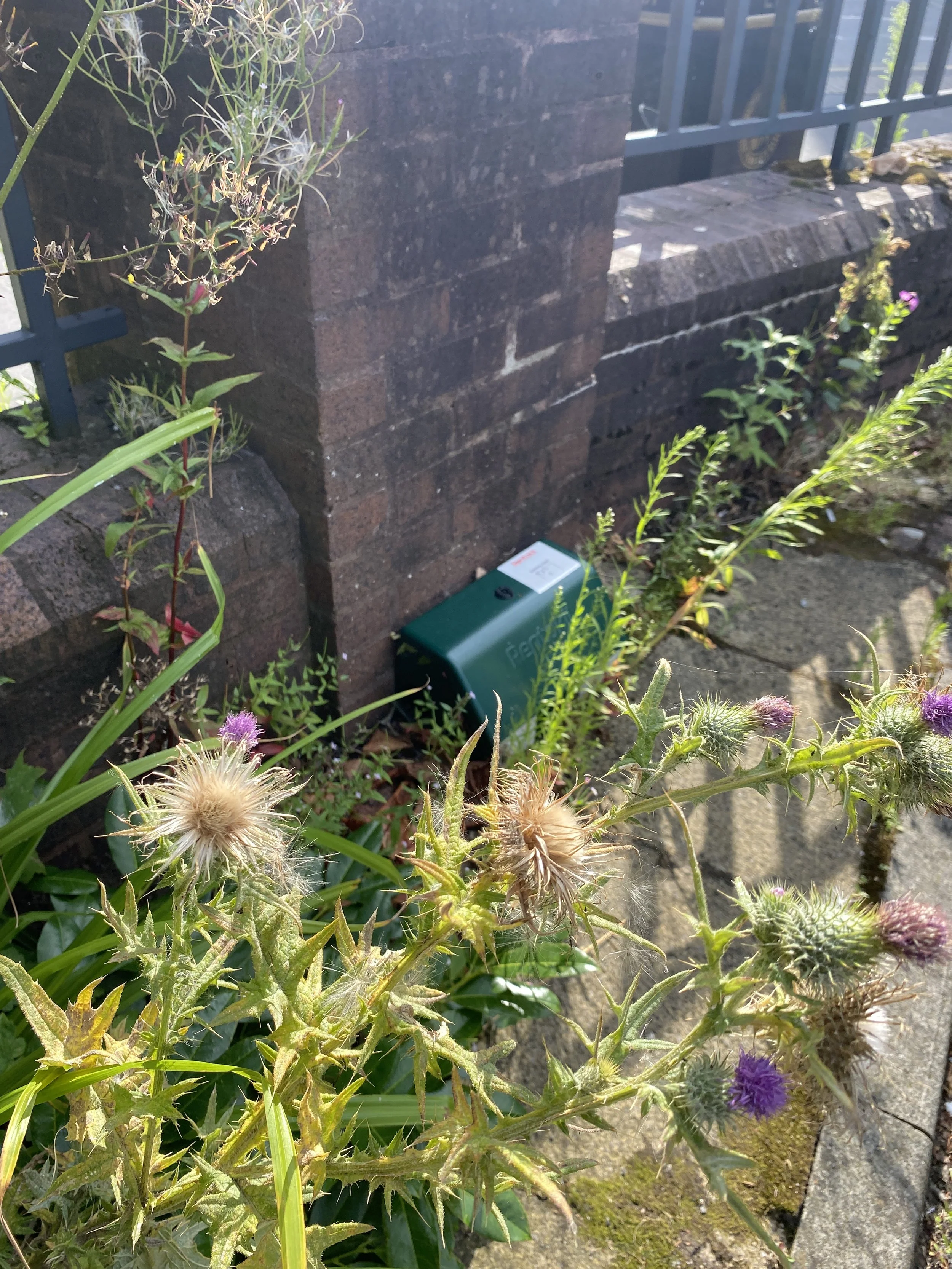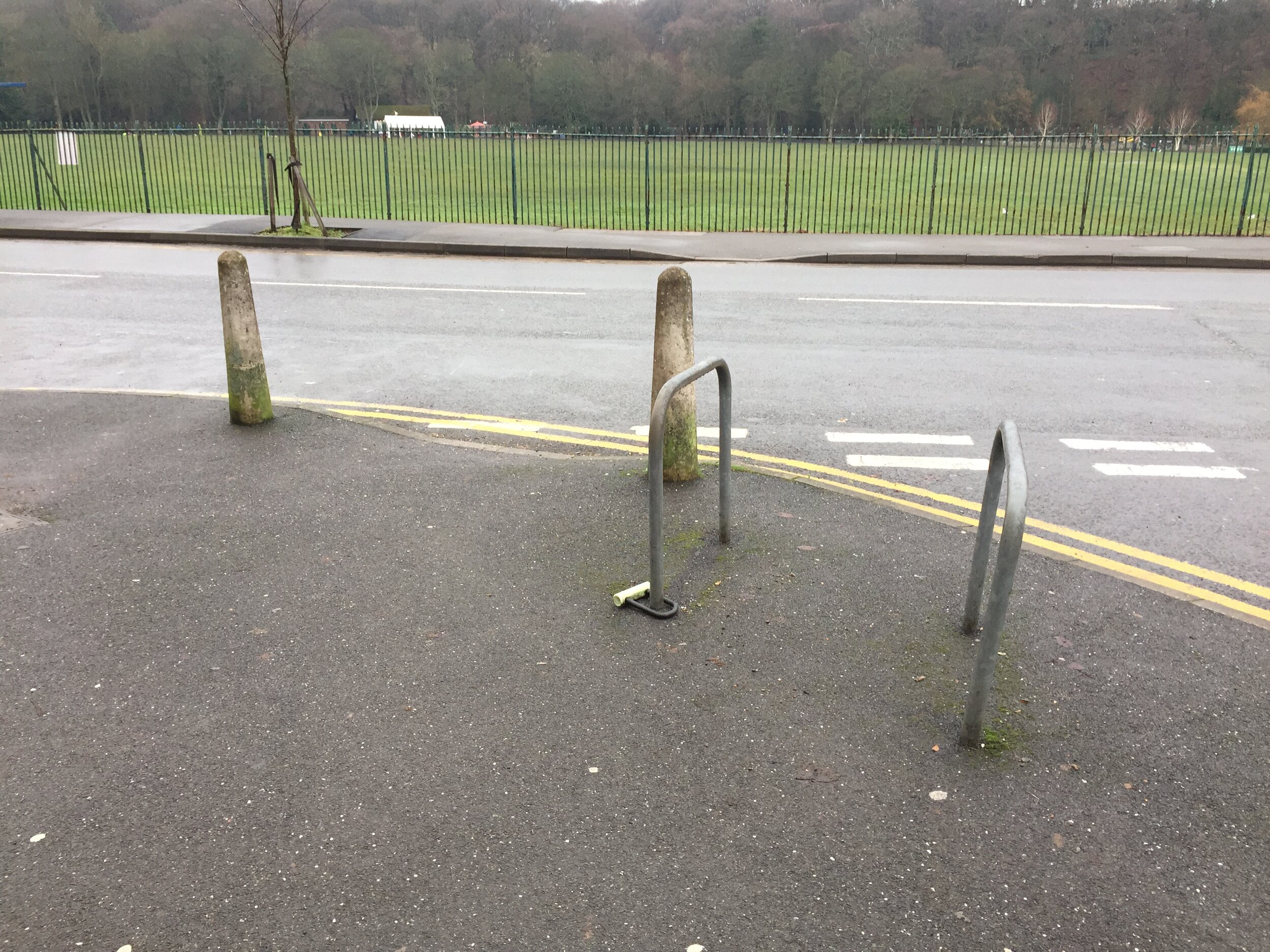Rat Bait Boxes: a Photo Series



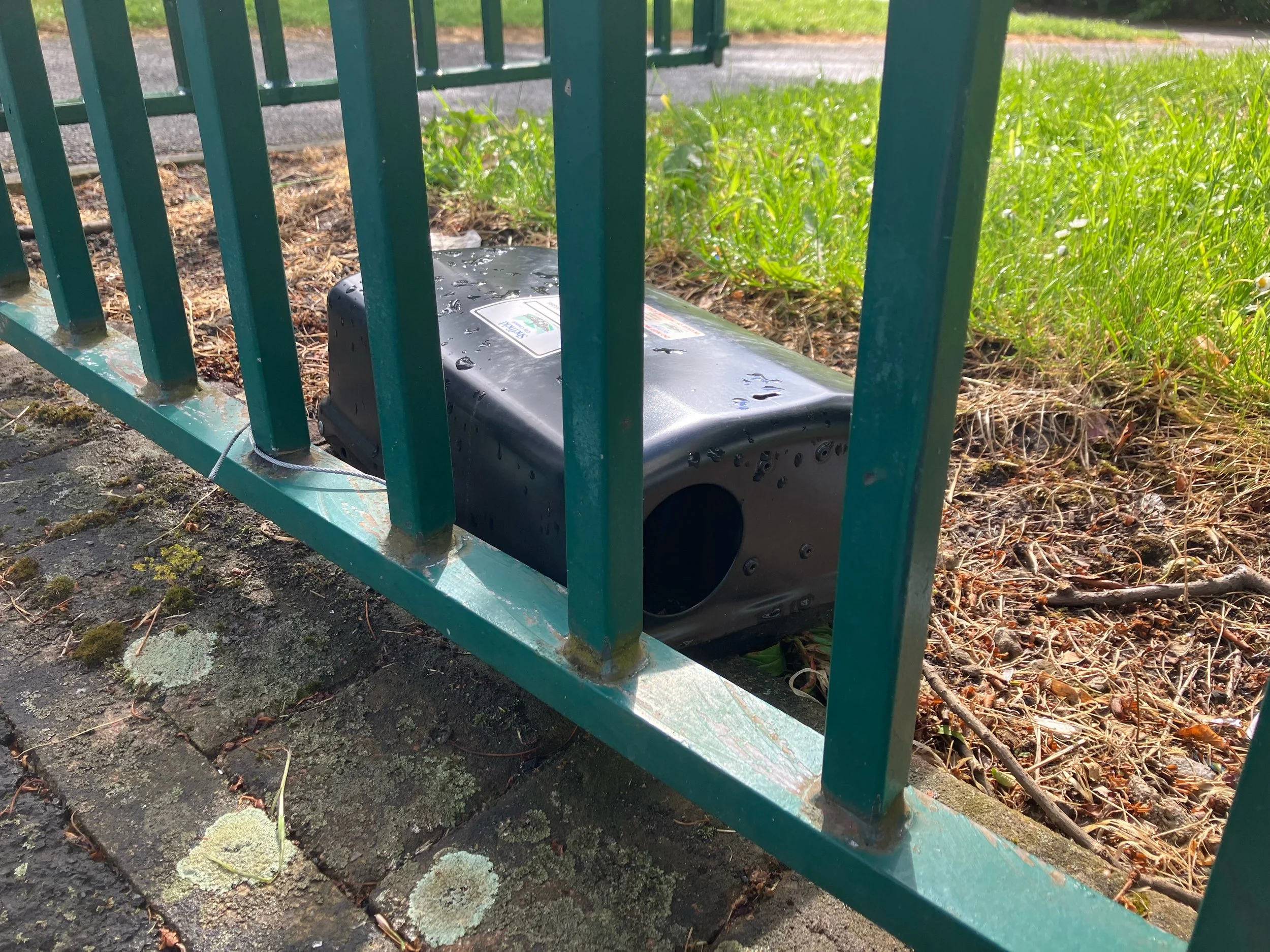



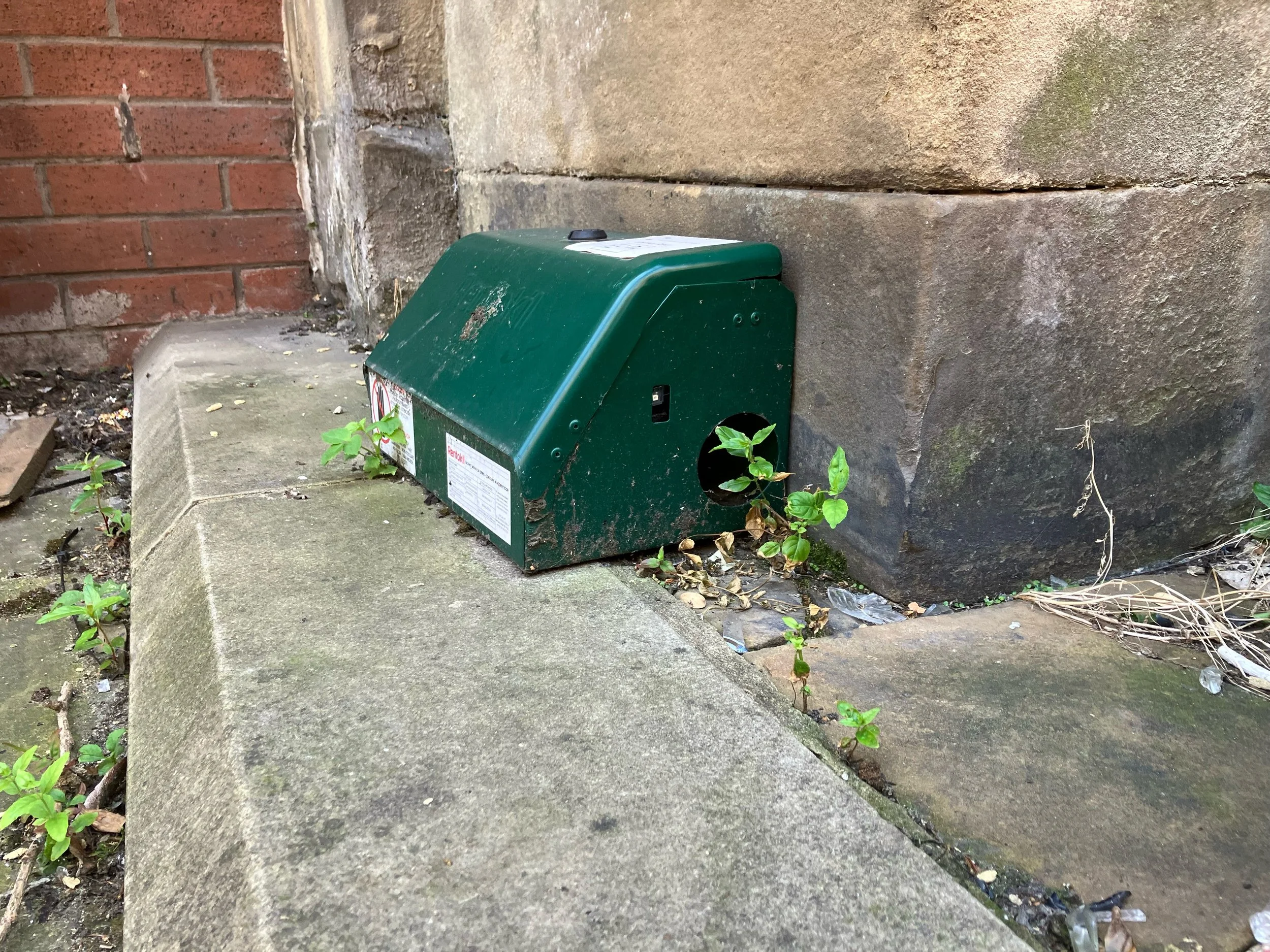
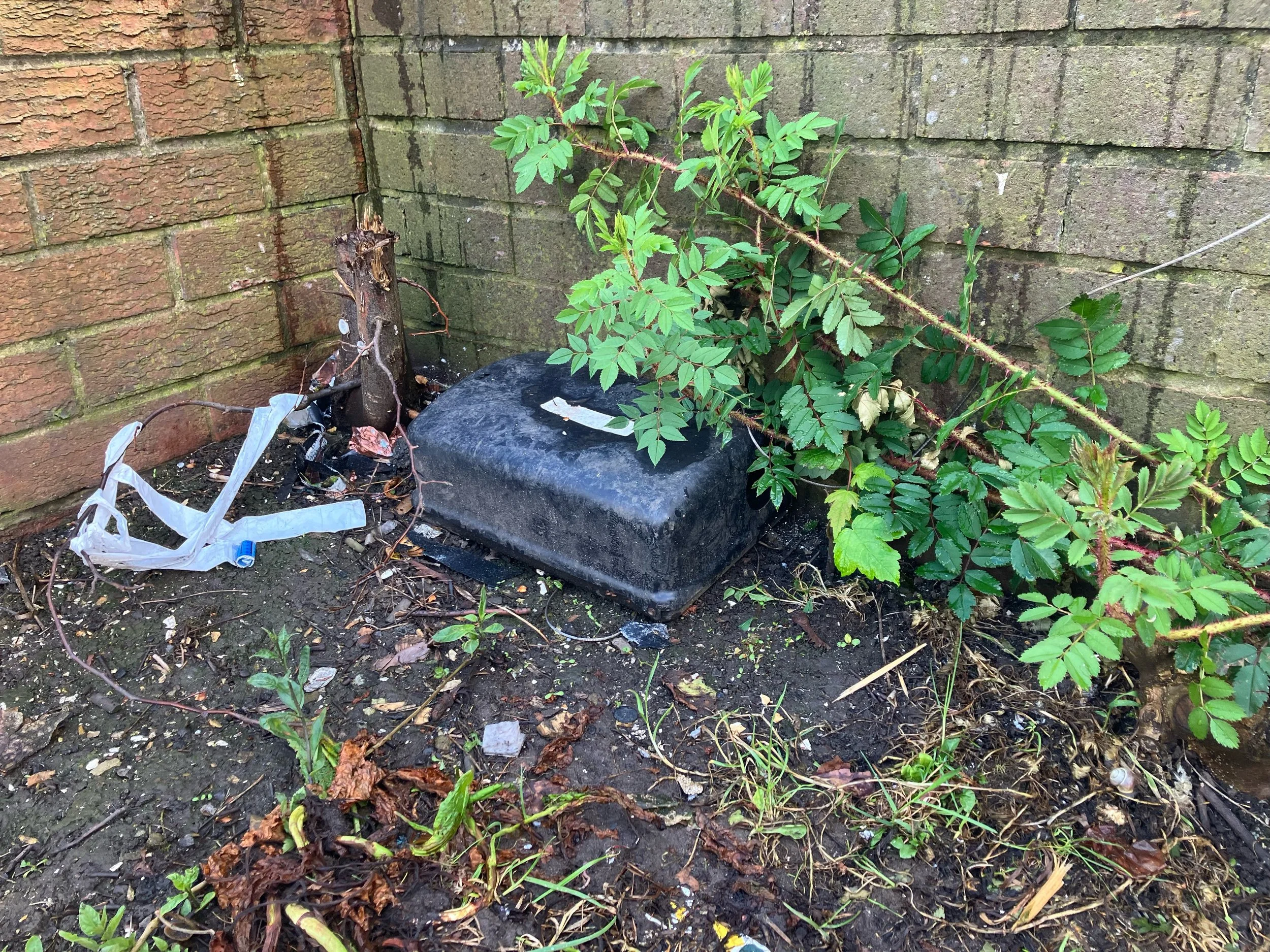
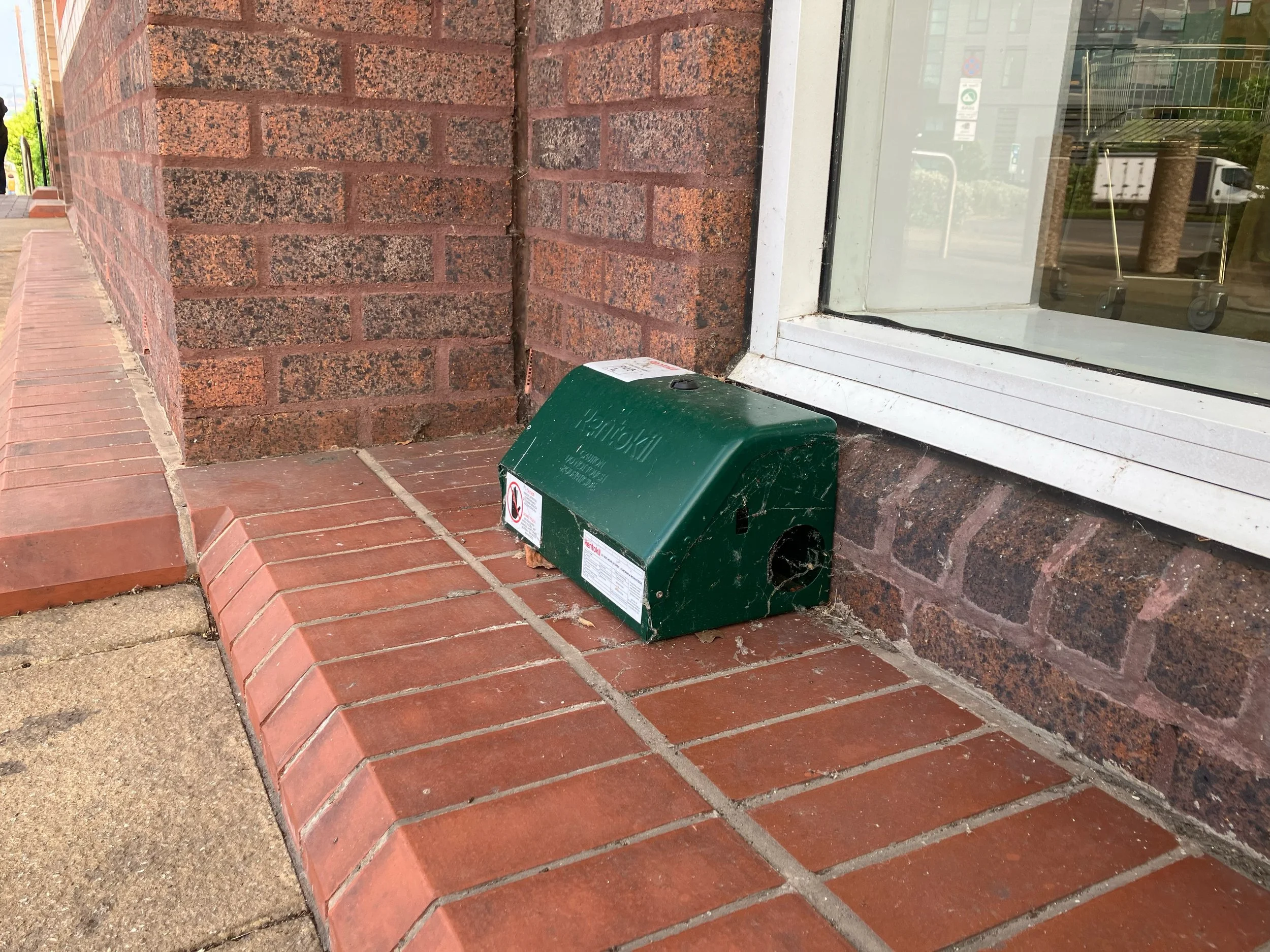
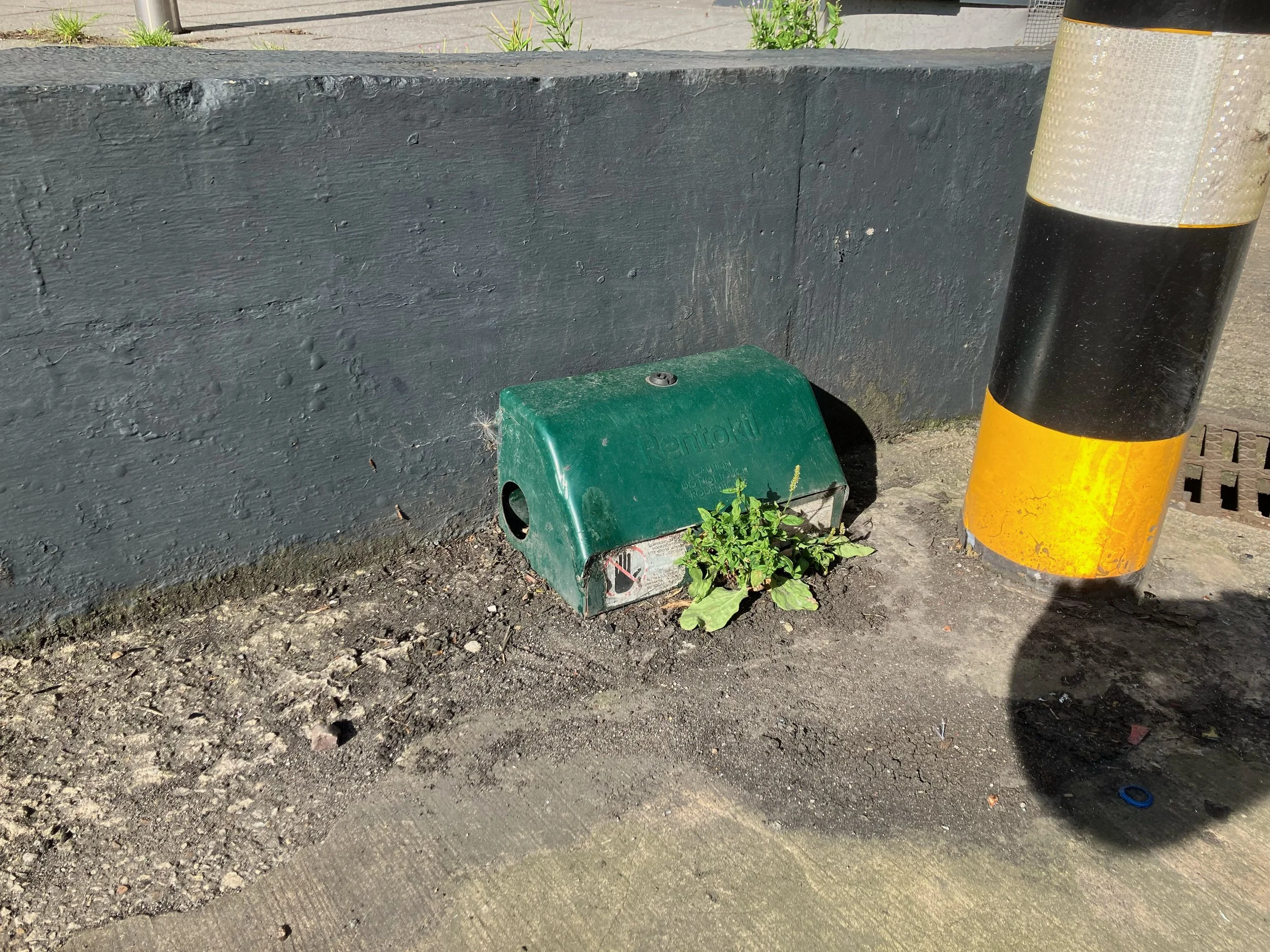

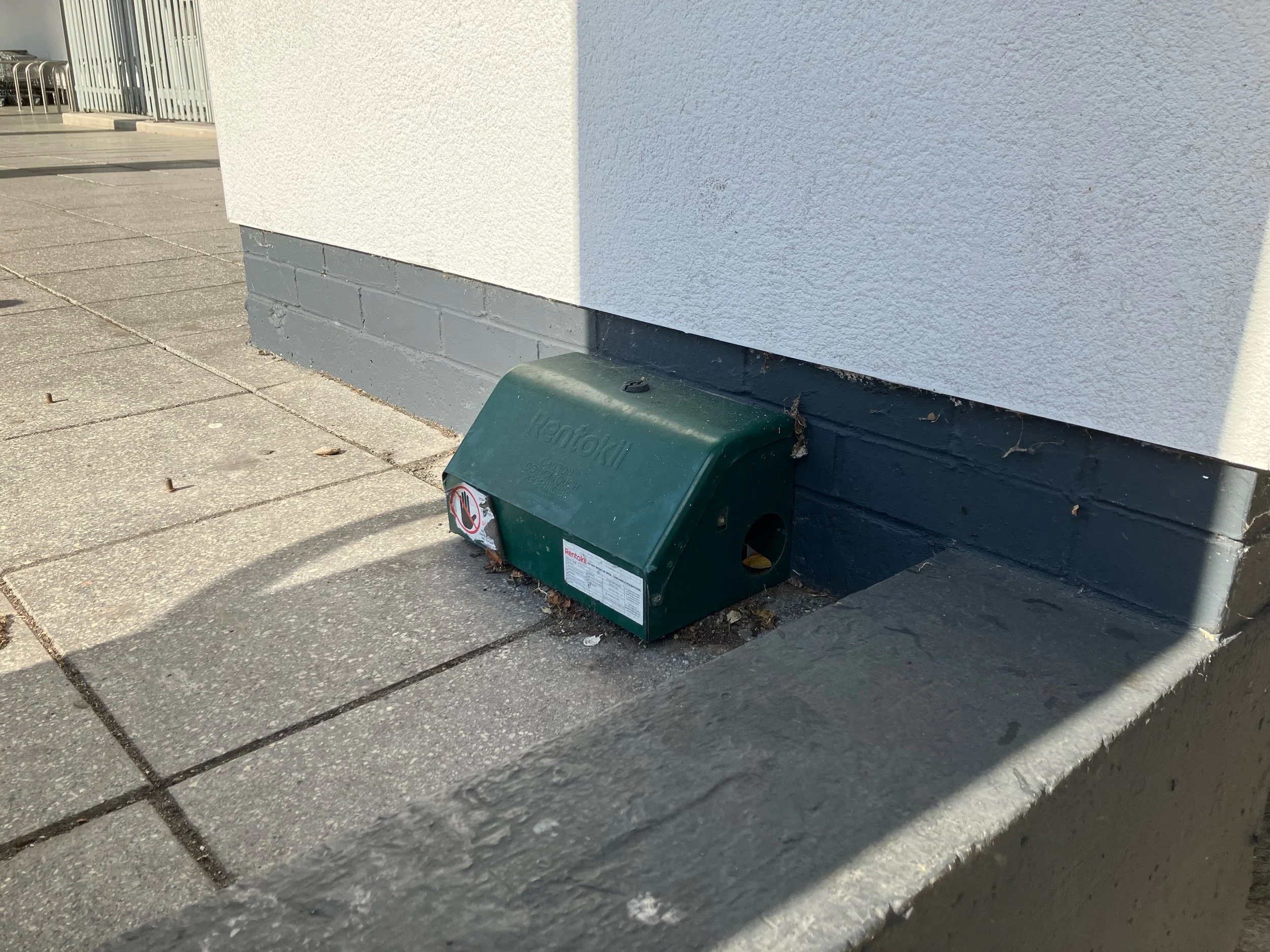


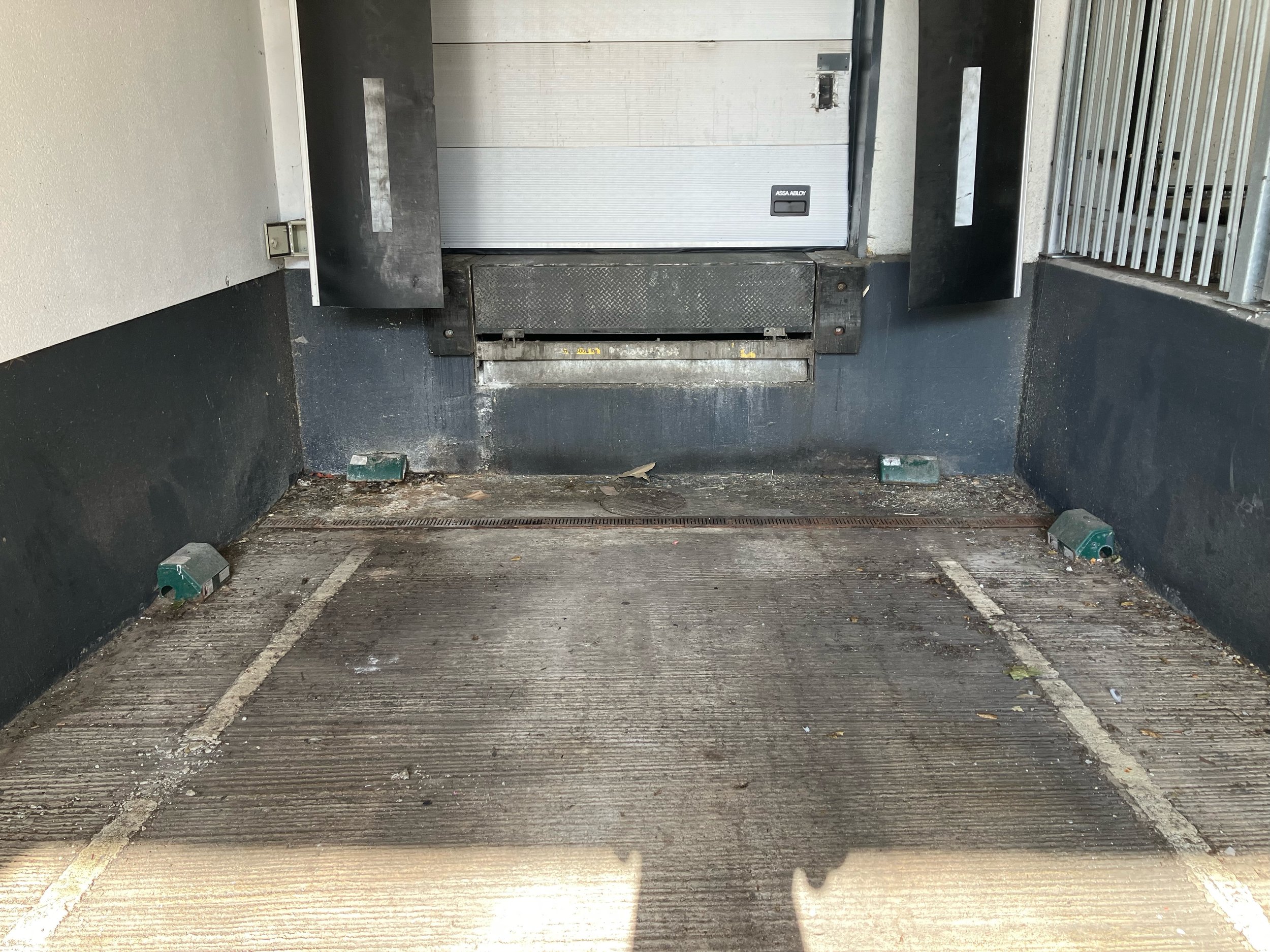

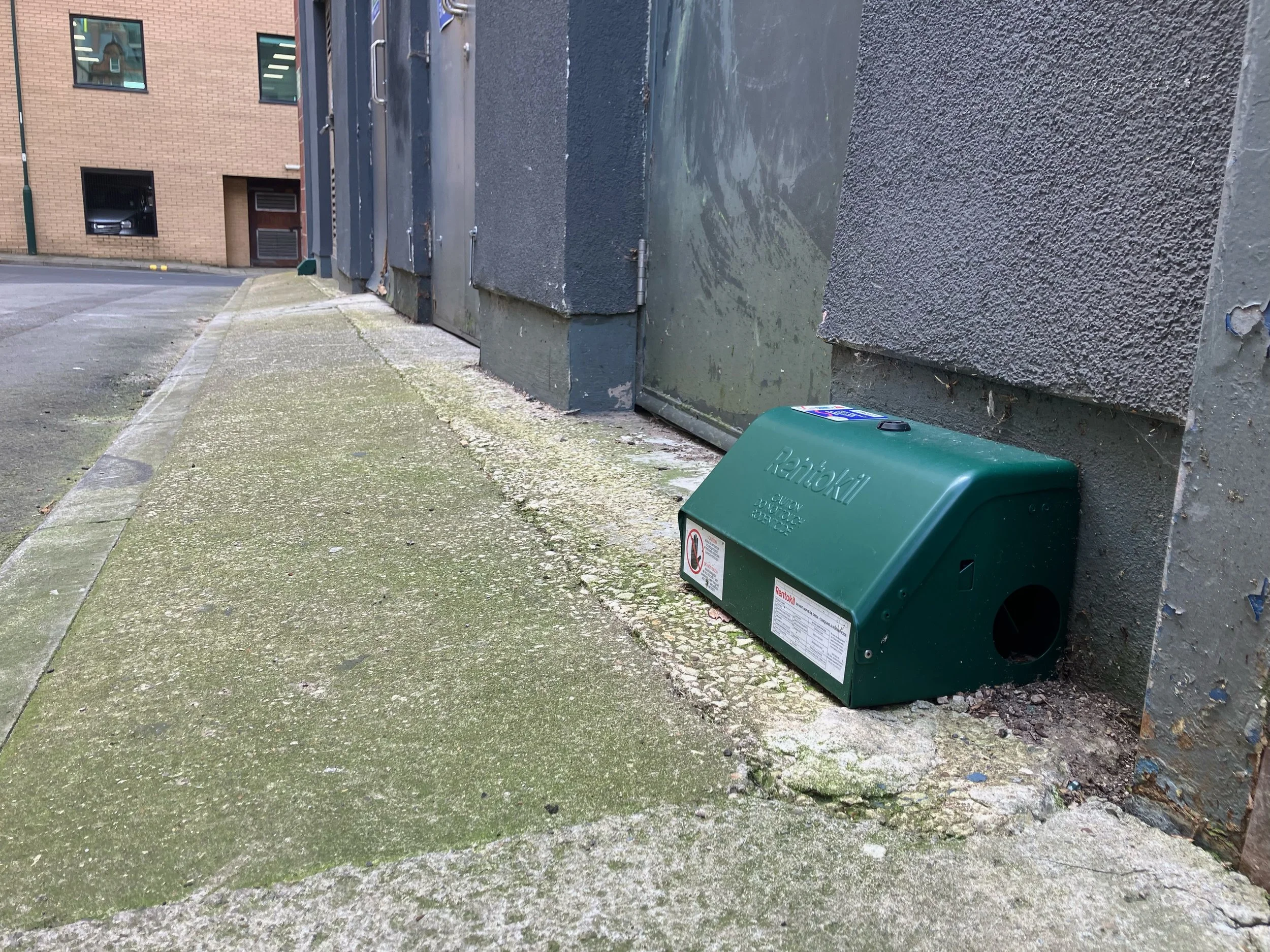
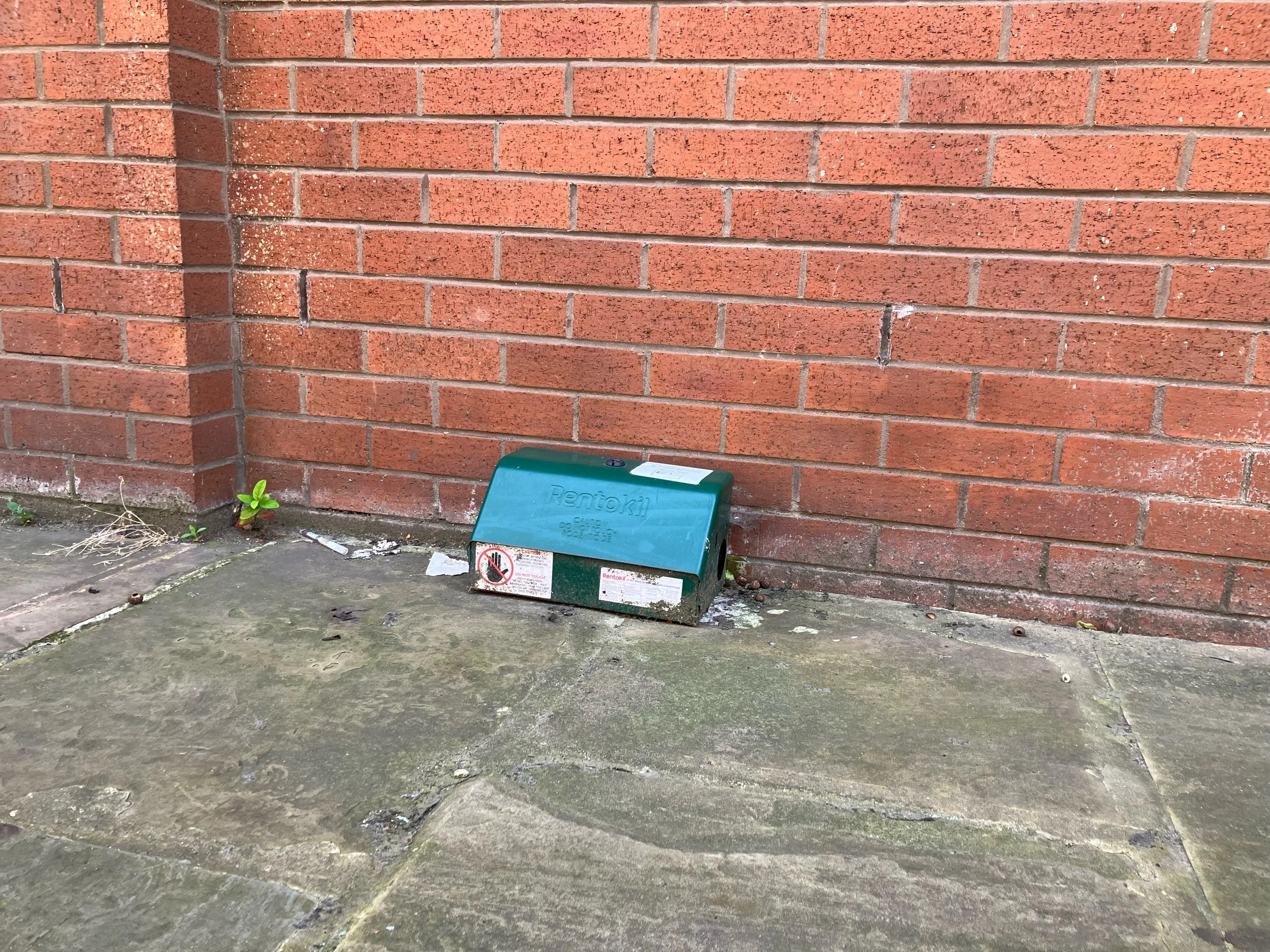


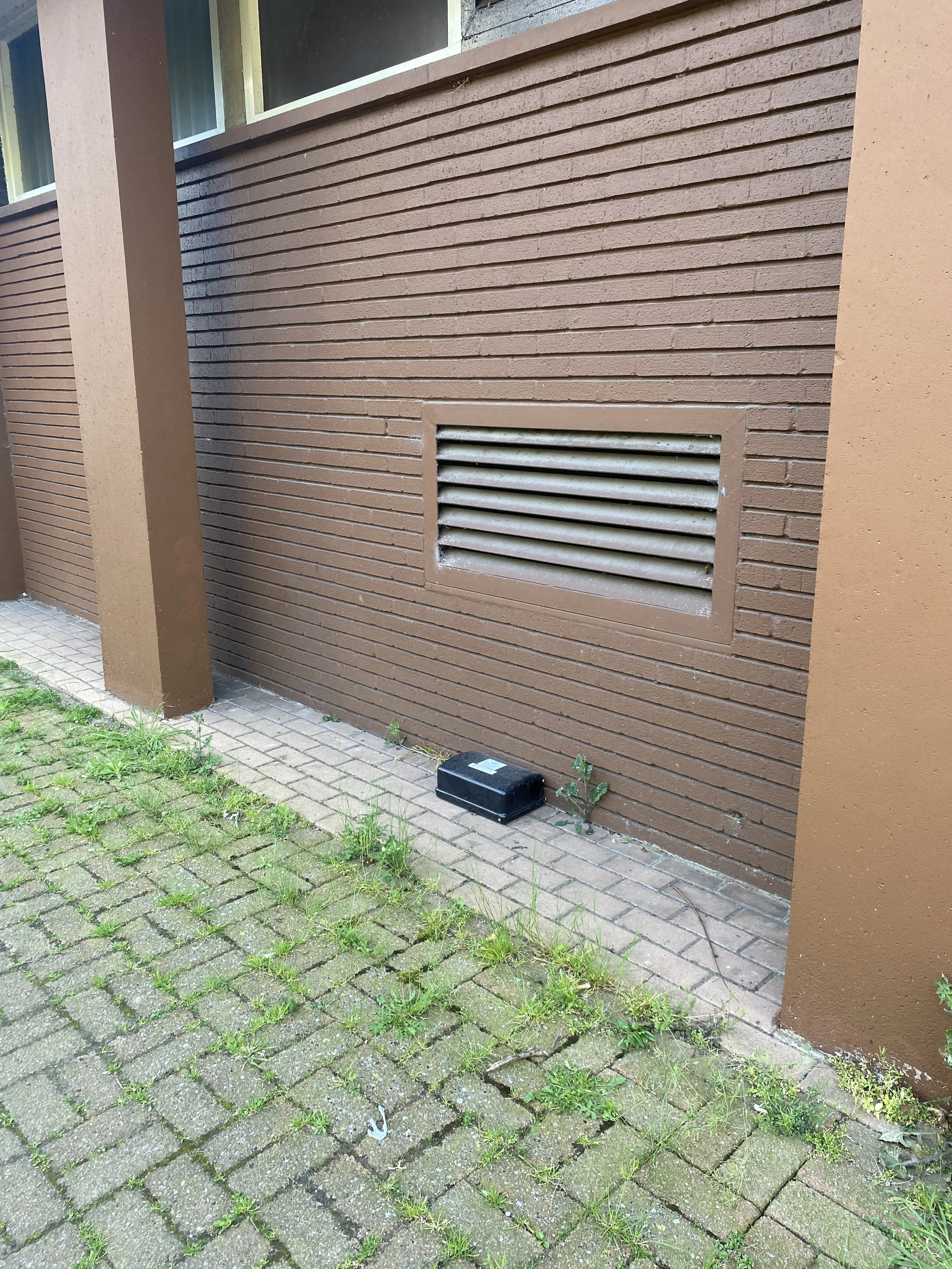

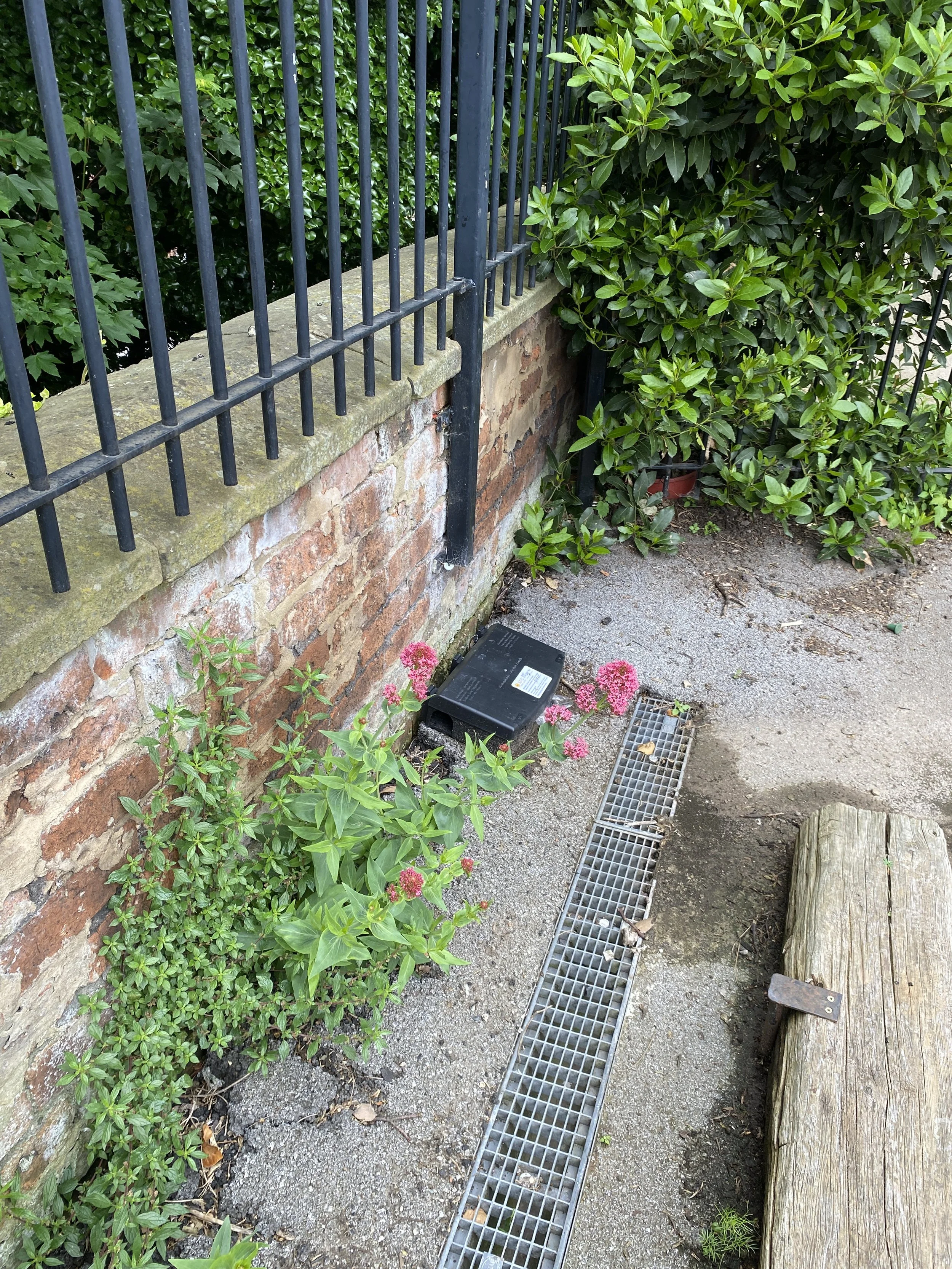

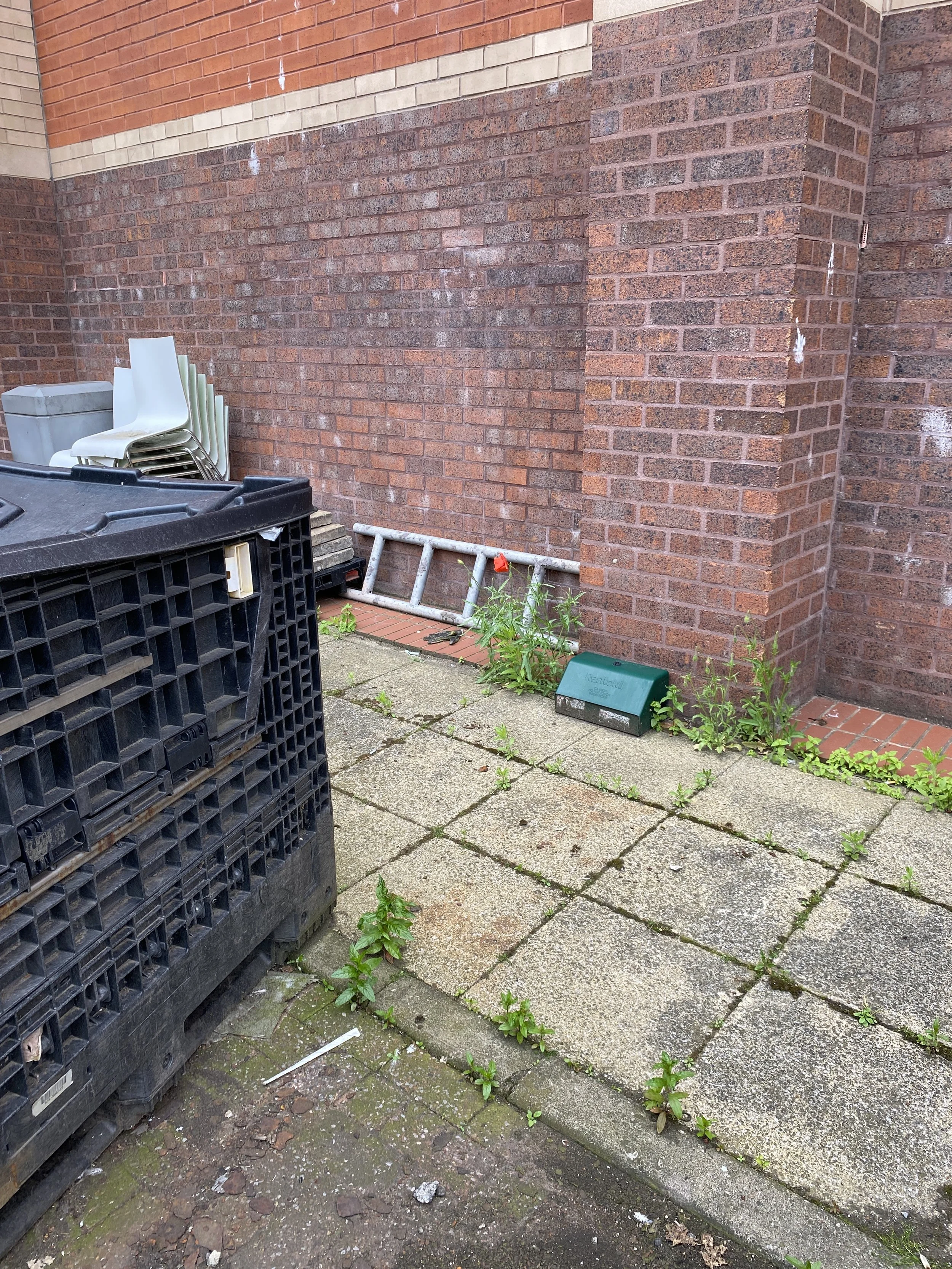
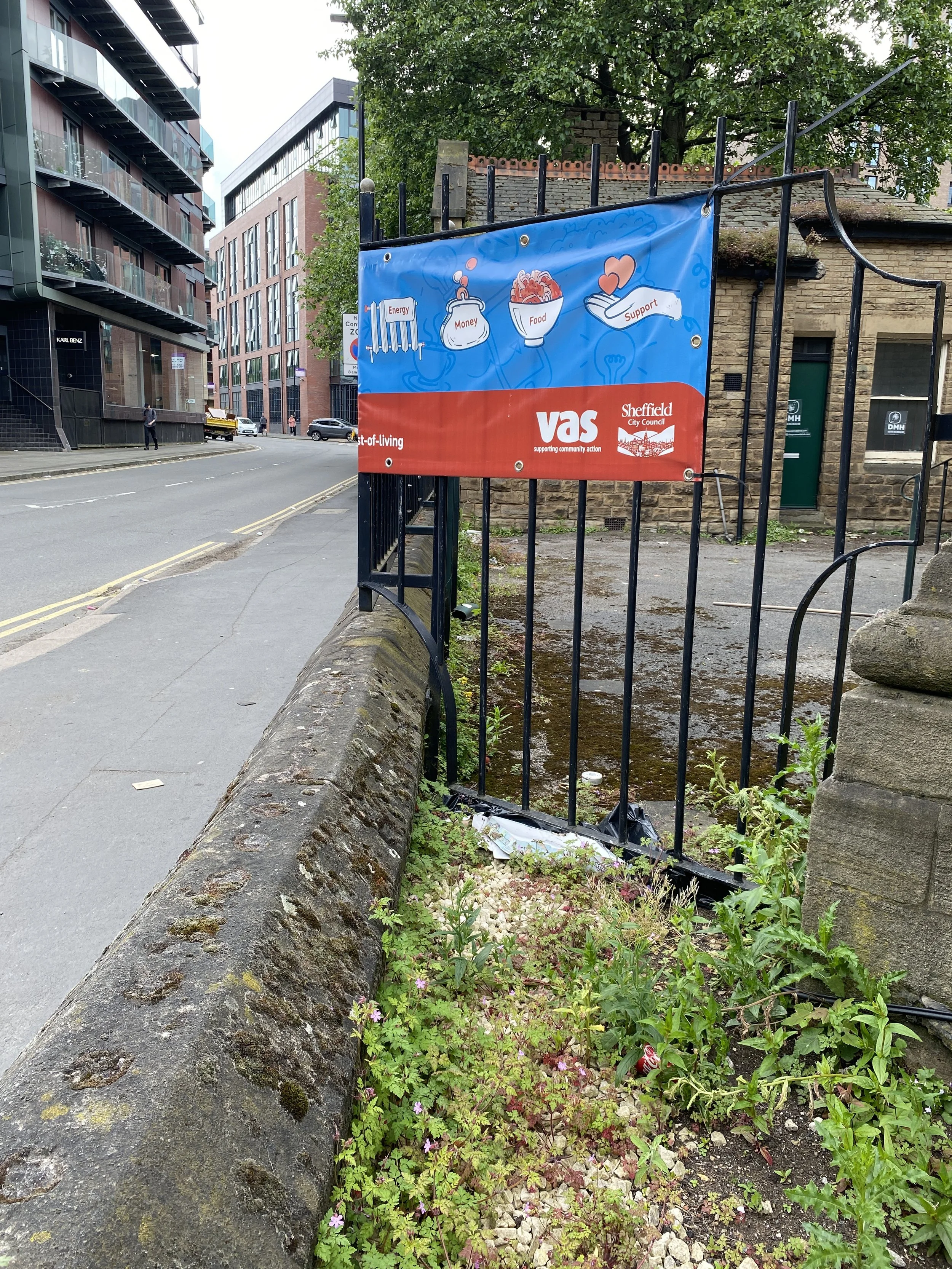
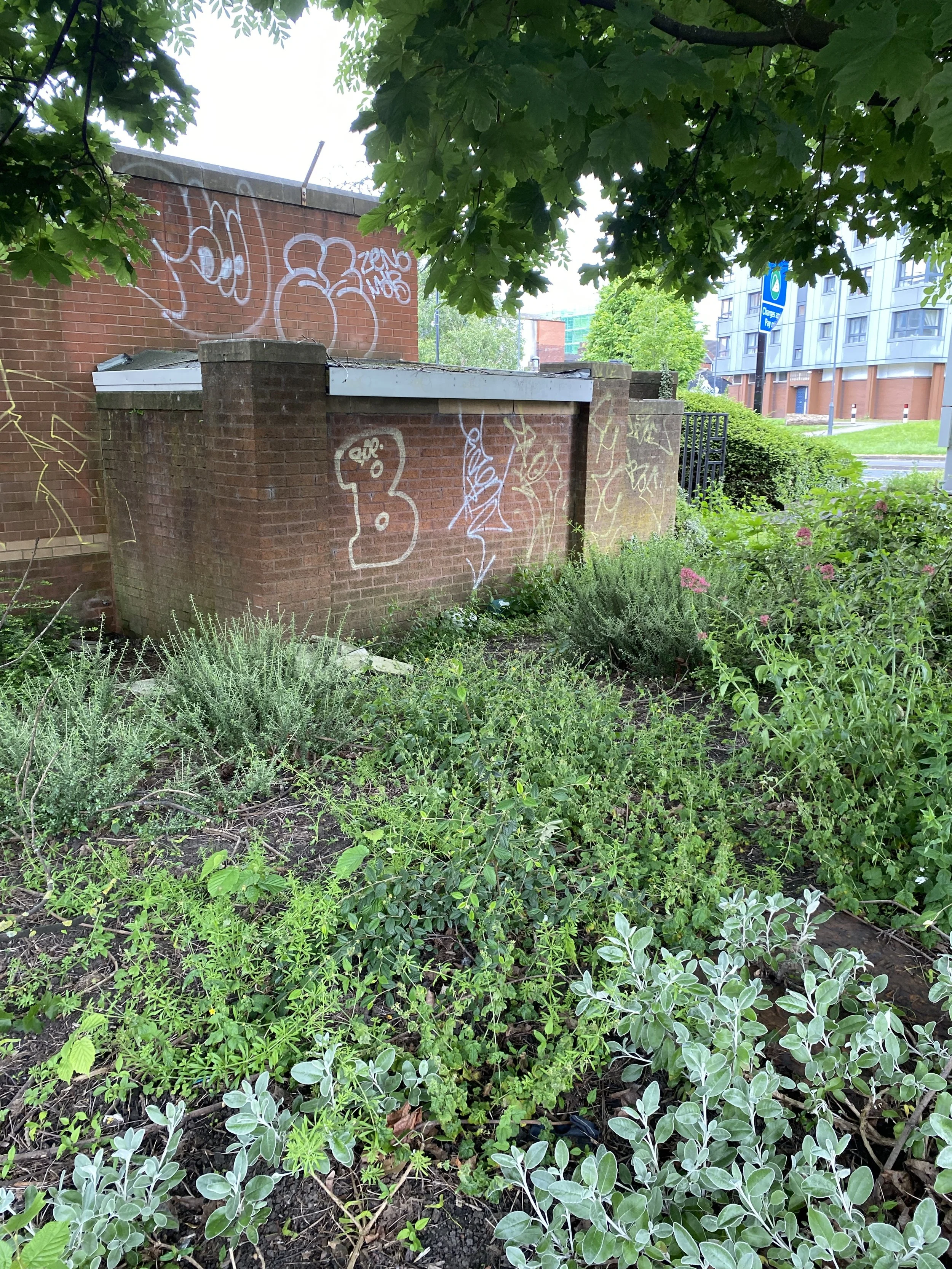
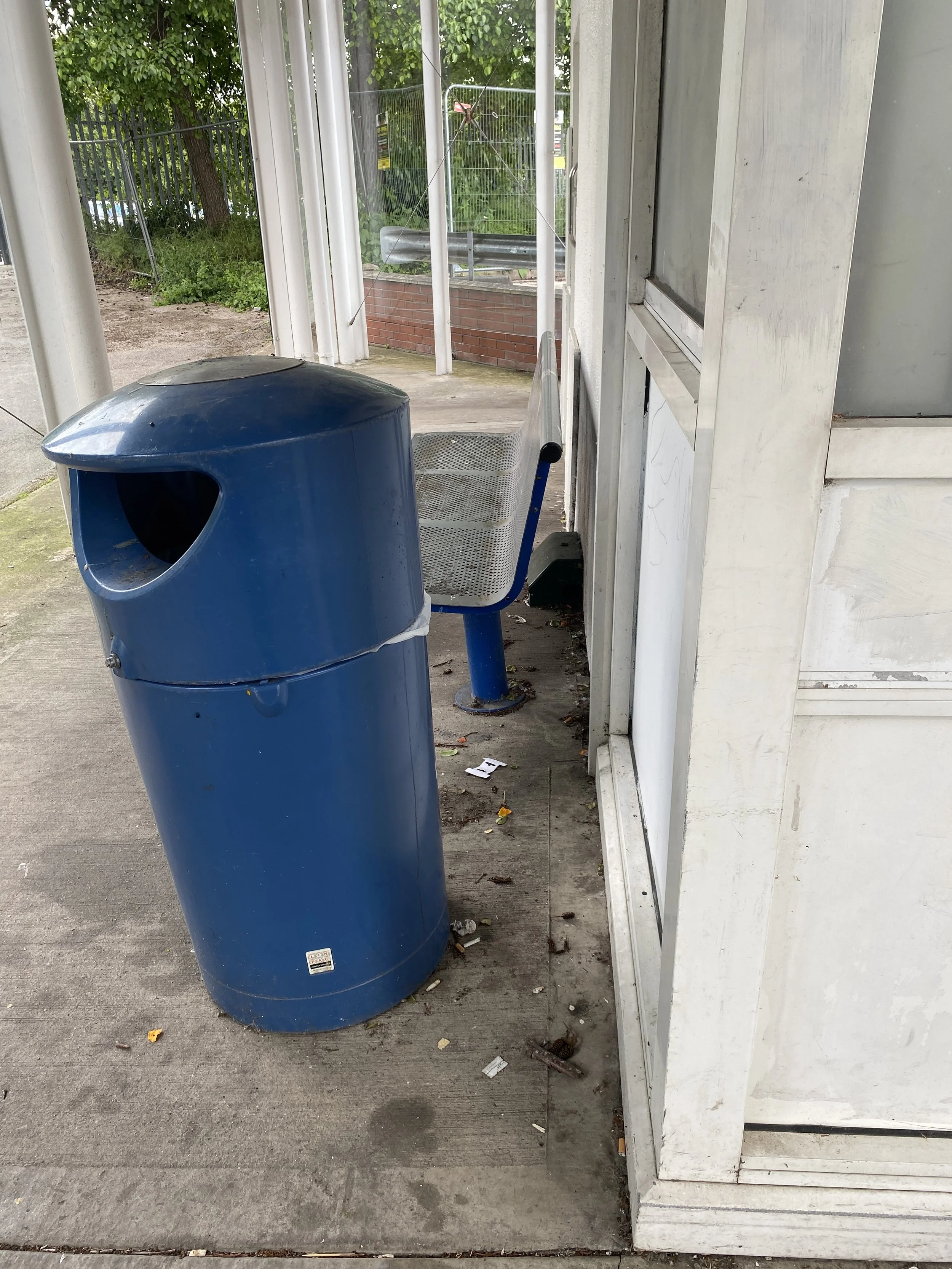
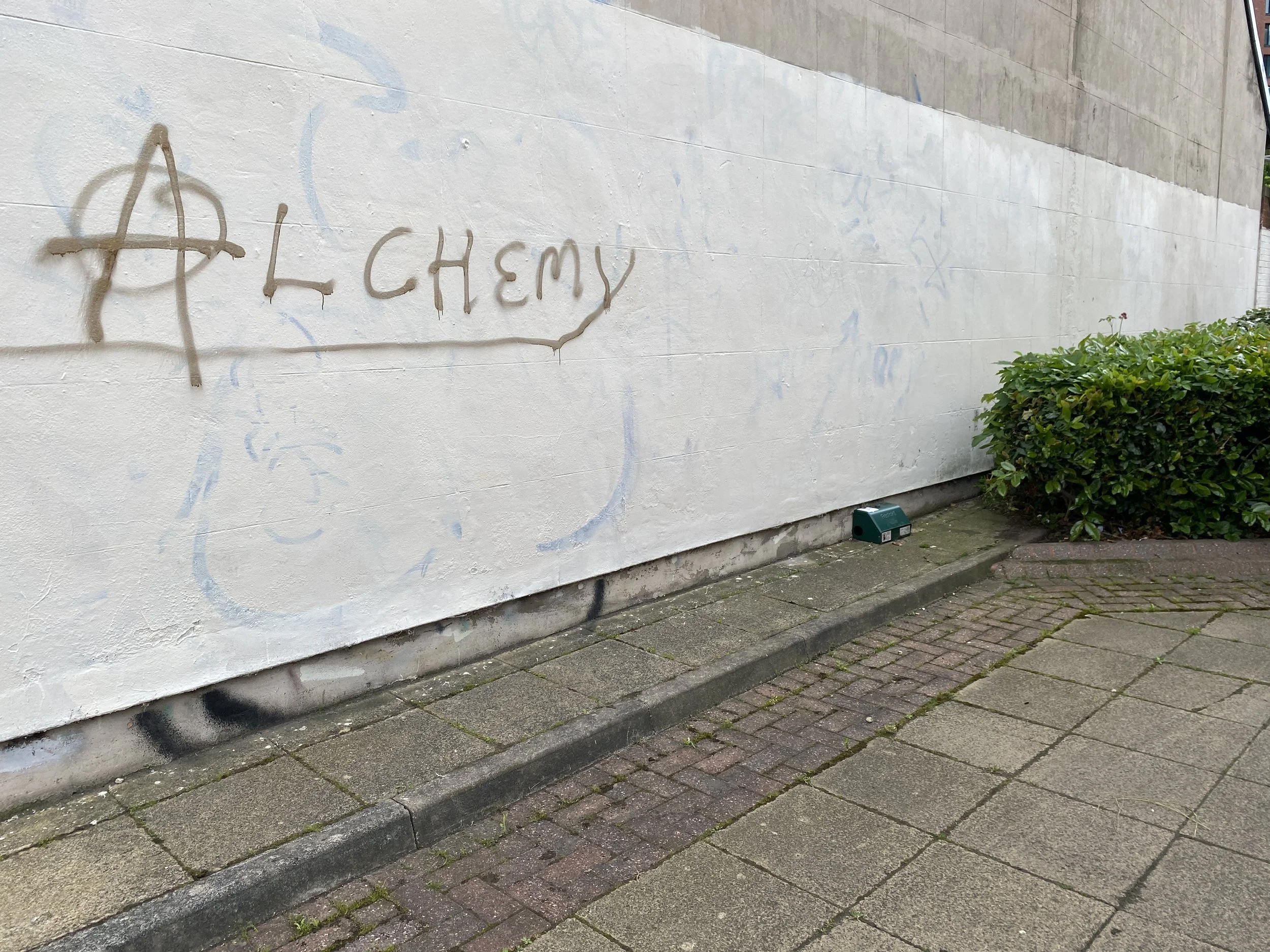
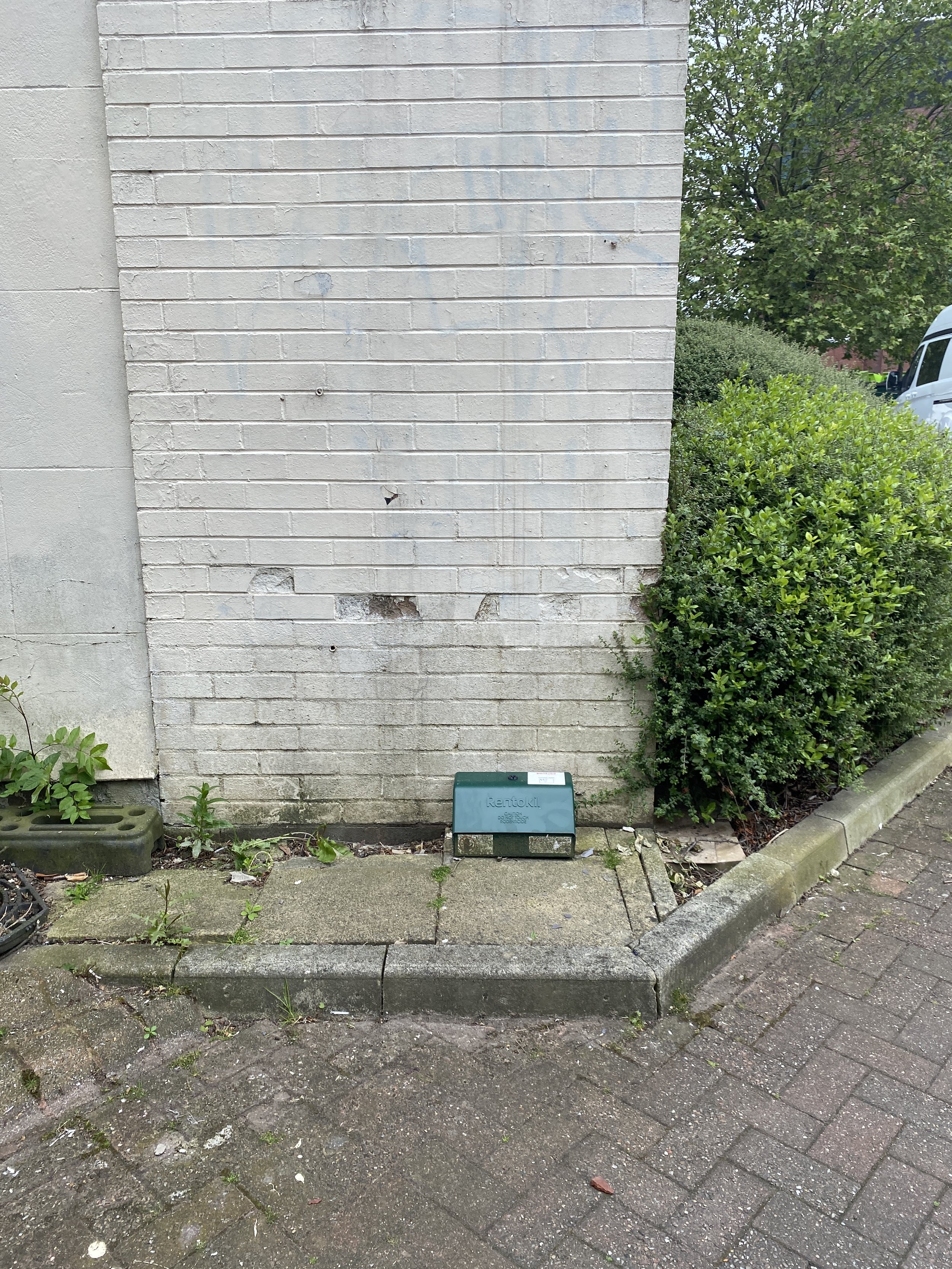

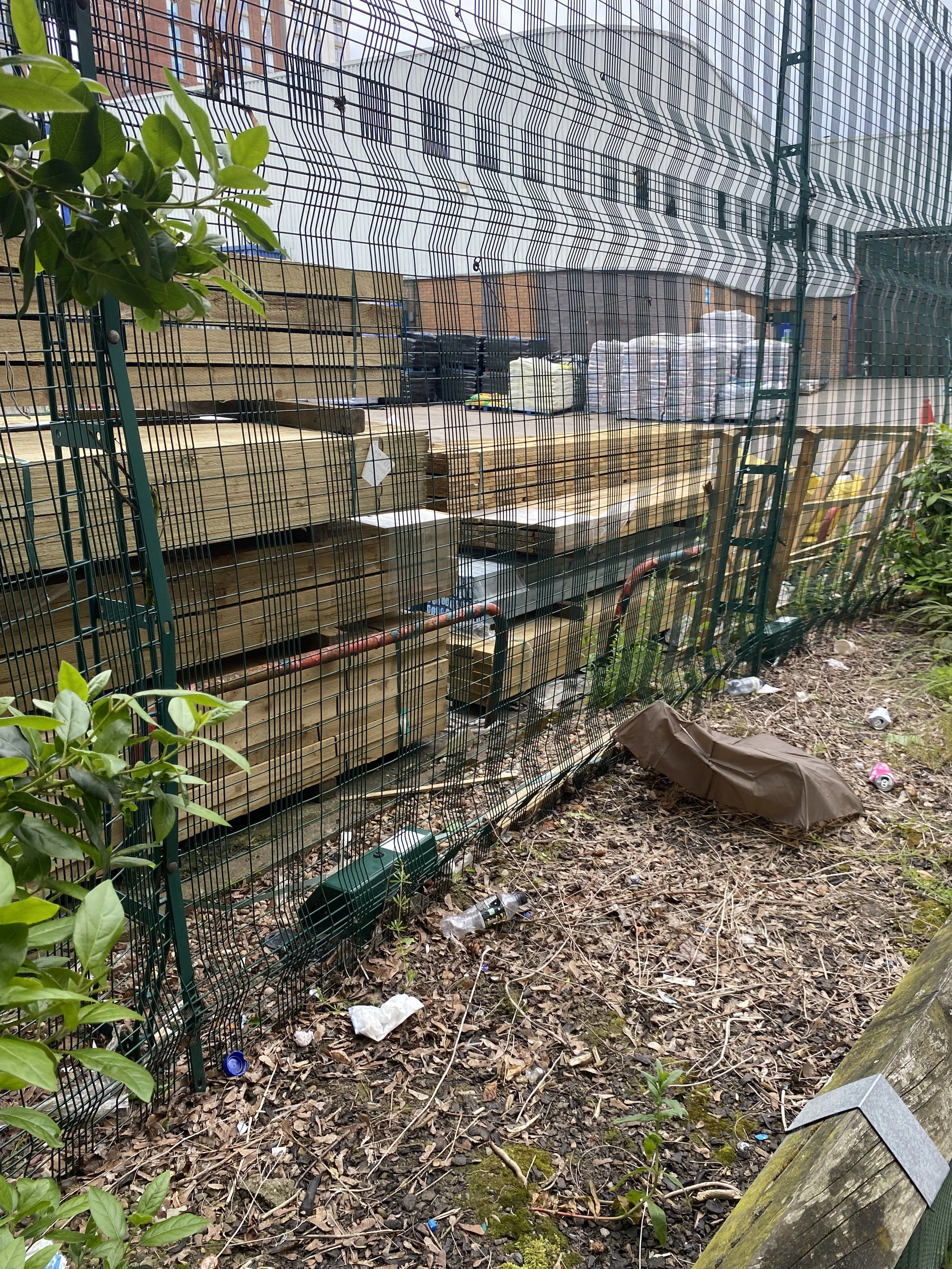
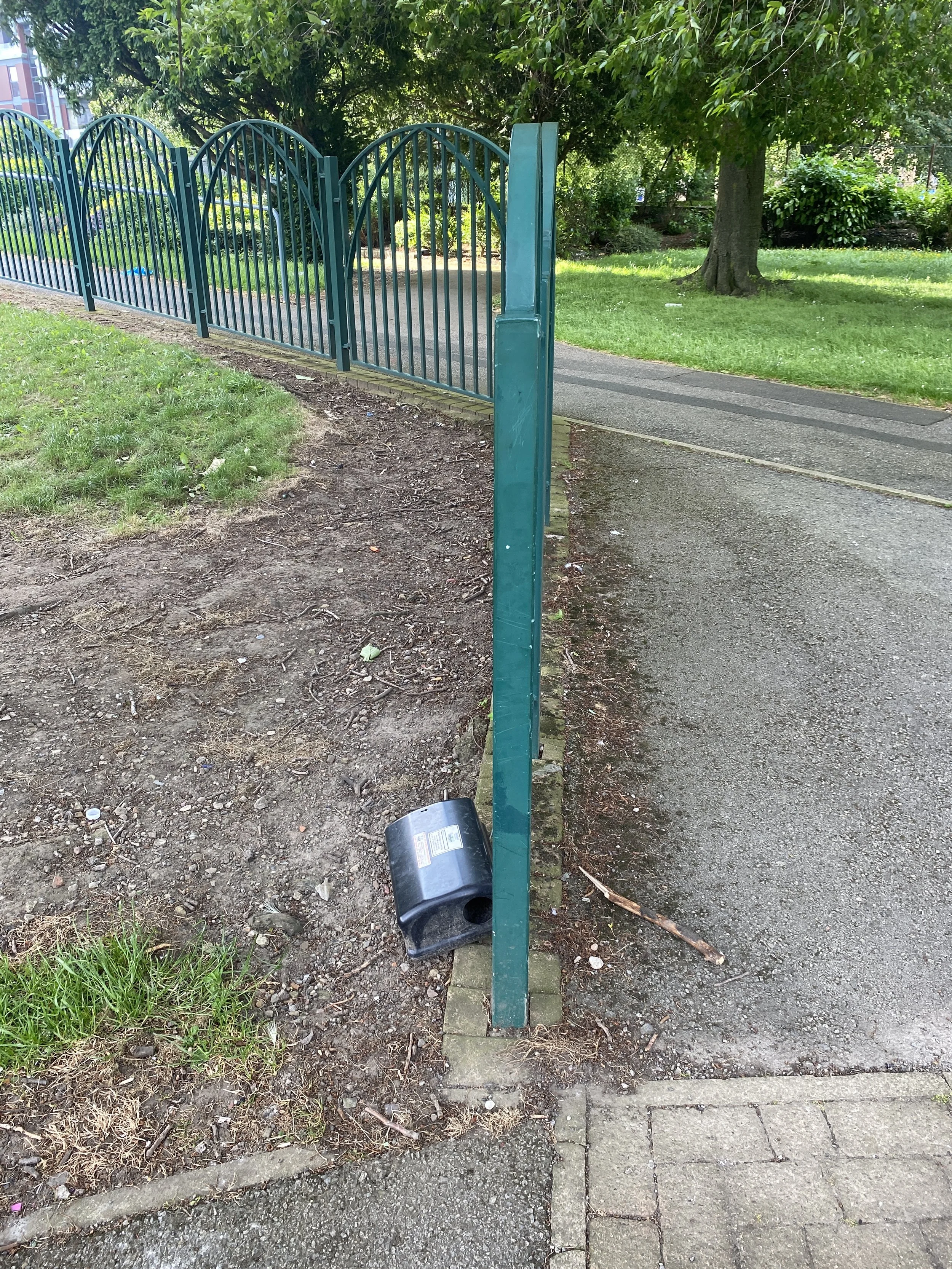


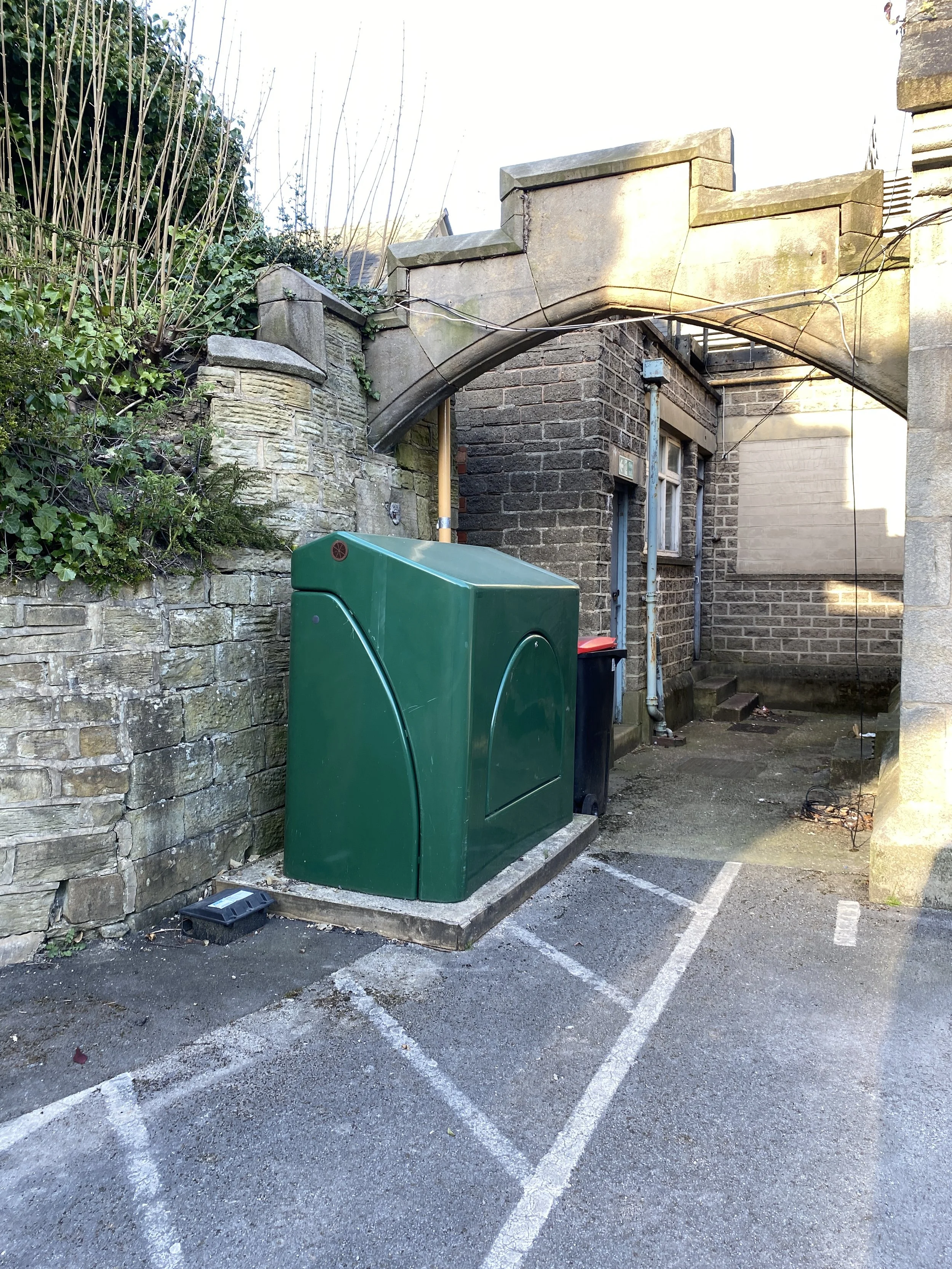
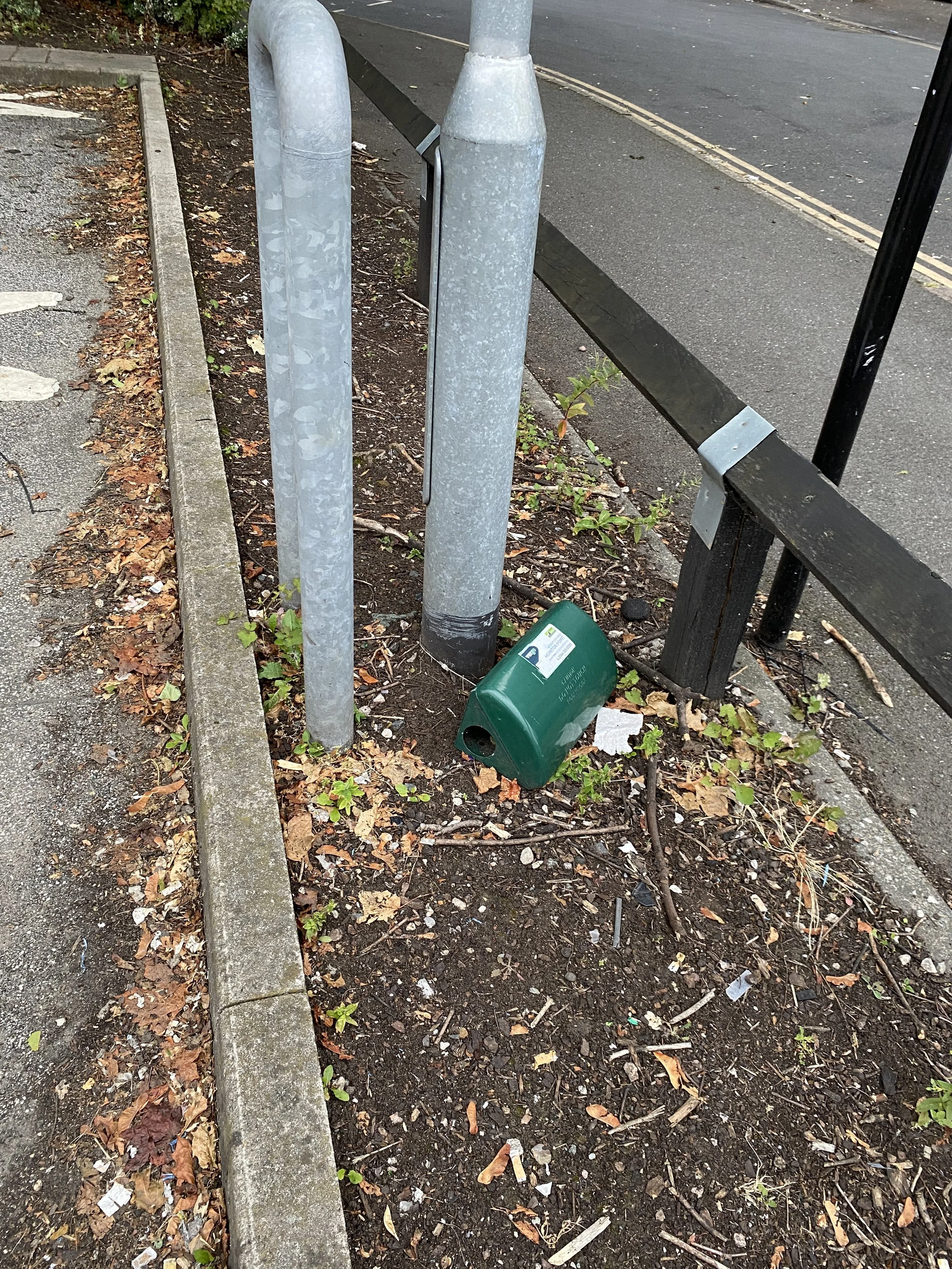
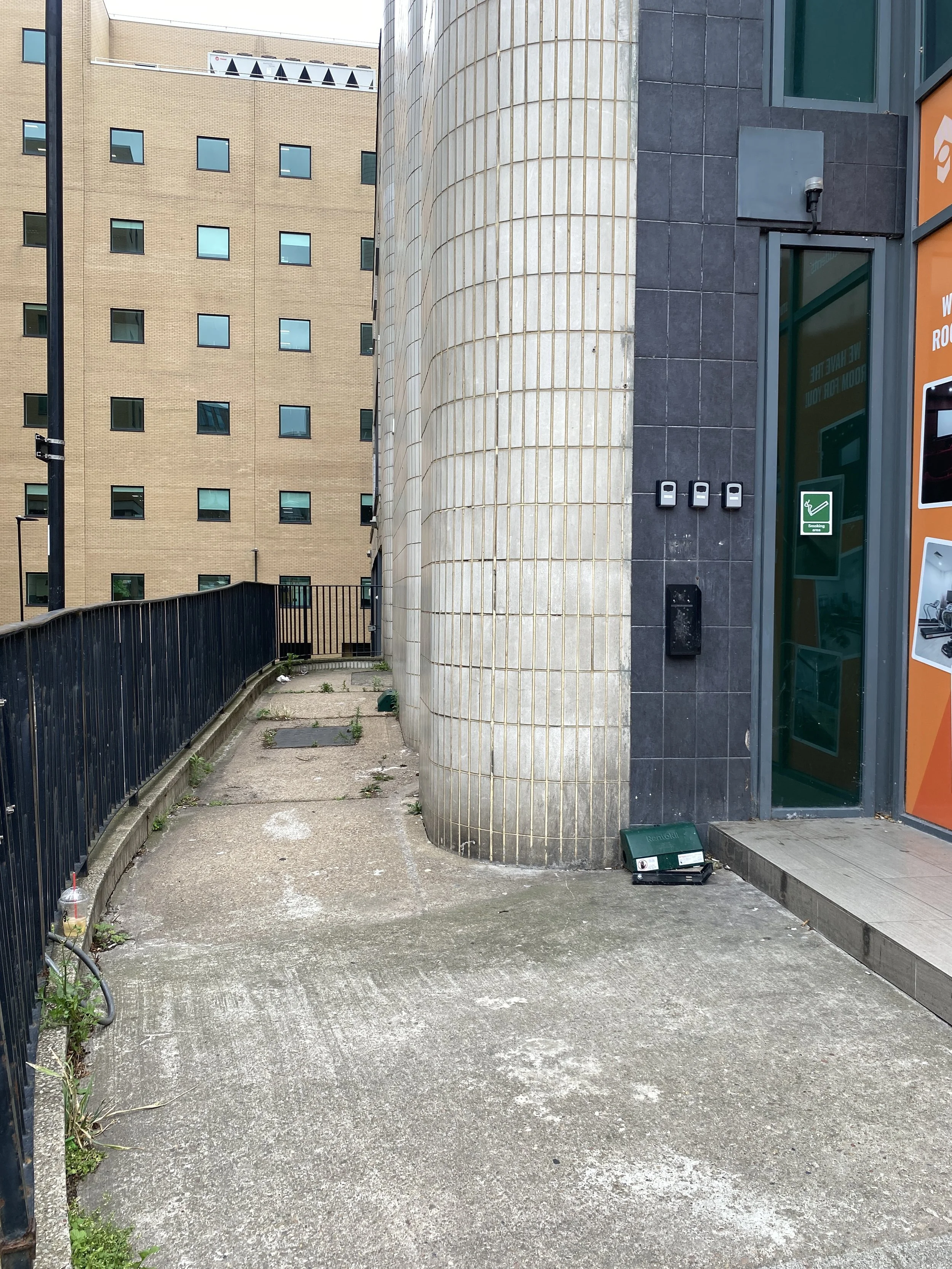


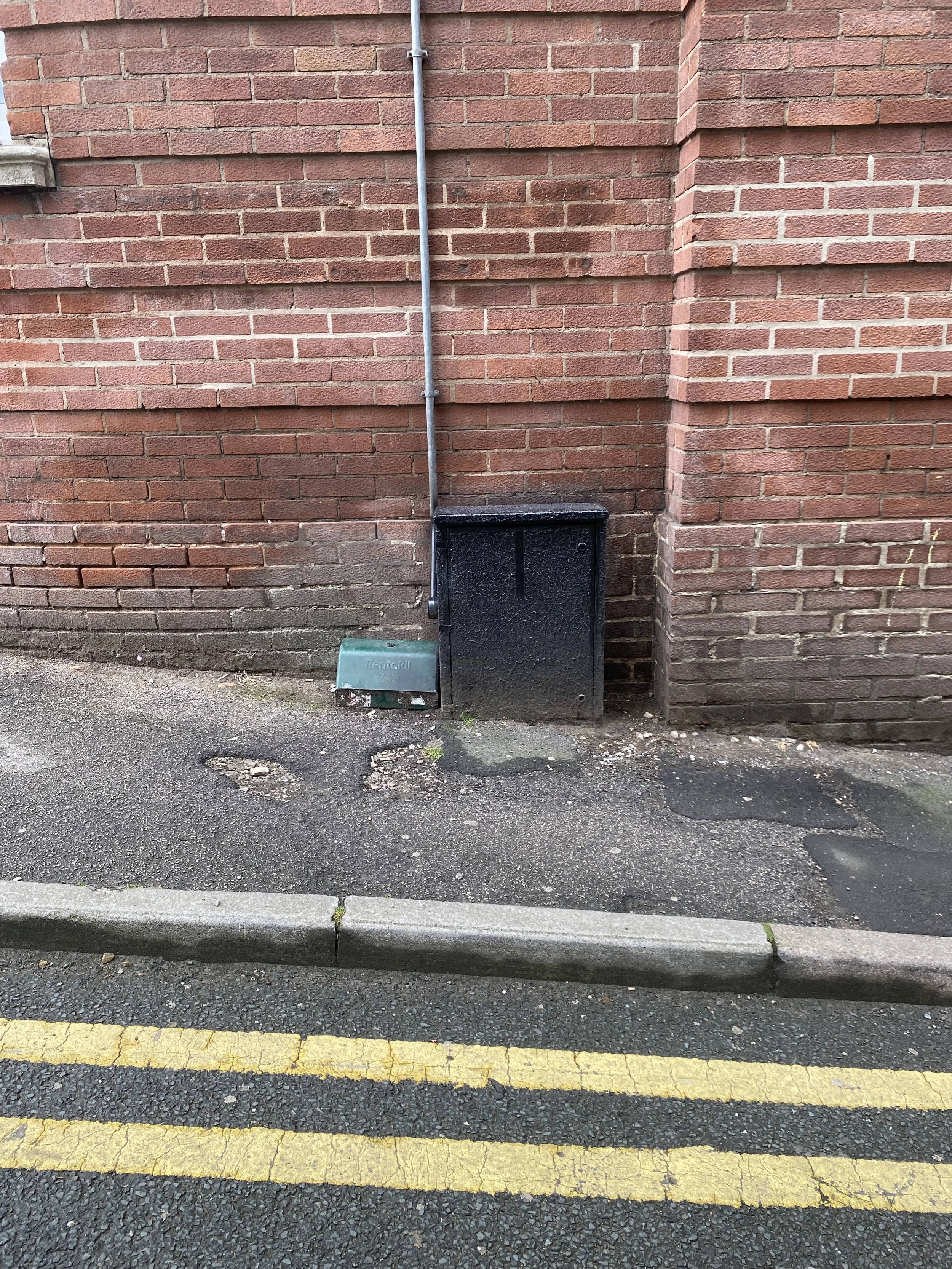
Sometimes, they’re ever so slightly hidden. More often, they’re sitting in plain sight, dark green or black, rarely blending into their surroundings, especially if they’re new and shining.
Others have accrued many seasons’ worth of grime, or have gathered detritus around them, perhaps cigarette ends, or maybe dirt and leaves, from which wildflowers are emerging. Please discuss: can a bait station be of accidental ecological importance? And does anyone check on these ones? Is there an official register? How many are forgotten remnants? Cobwebs and undisturbed plants guard entrances: no rats run this route any longer.
Some are in series, imagining Rattus norvegicus’s favoured overground thoroughfares. You spot one box, and you can’t help seeing more and more. Look closely.
They’re where you might expect: around supermarket loading bays, in city centre bin stores. But they’re also where you don’t want them: in the supermarket itself, and in a primary school’s grounds, and lining the fencing of a children’s playground. Then there are the ones that sit amongst natural beauty, possibly camouflaged, but probably in contrast.
This isn’t just pesticide; this is rodenticide.
Unintended secondary poisonings are not uncommon.
Newsletter
I’ve resuscitated my newsletter, which was merely unconscious, not dead as previously thought. I’m intending to send it out monthly, but it will probably be once every two months, depending on how many blogs I manage to post. If you’d like to stay updated on what I’ve been writing about, you can sign up here.

